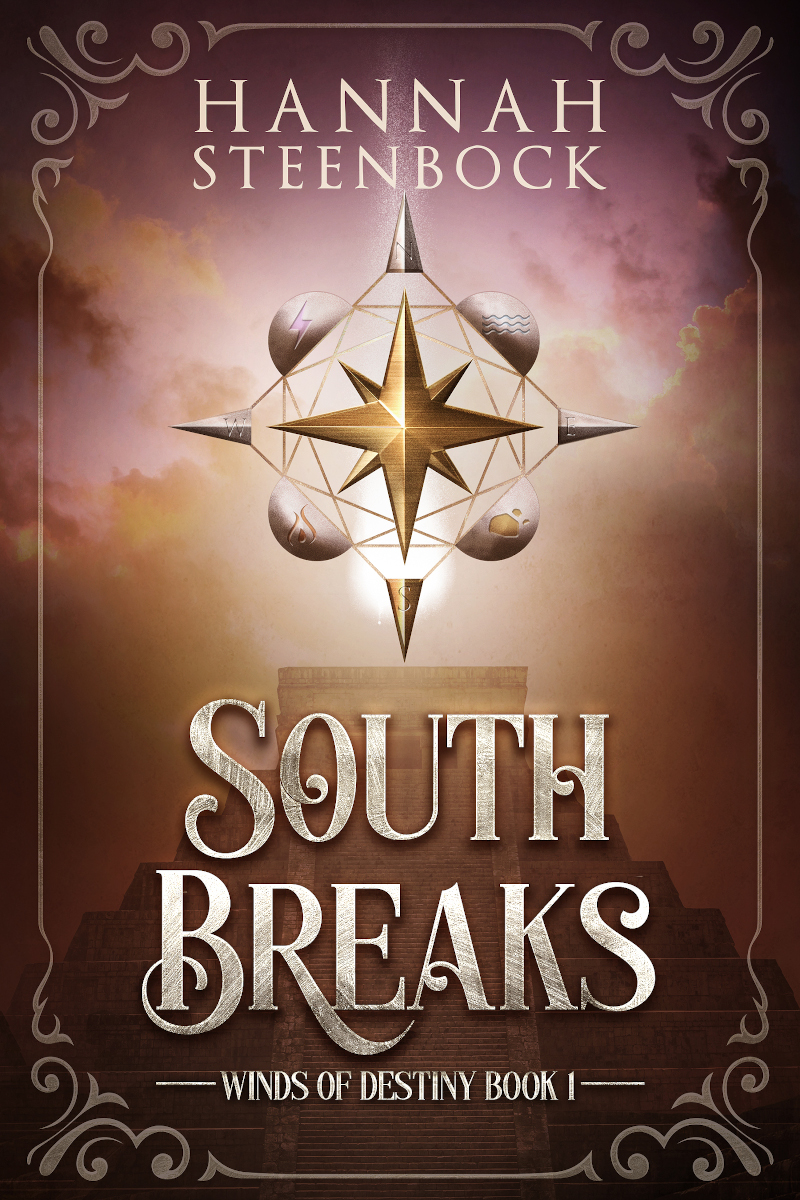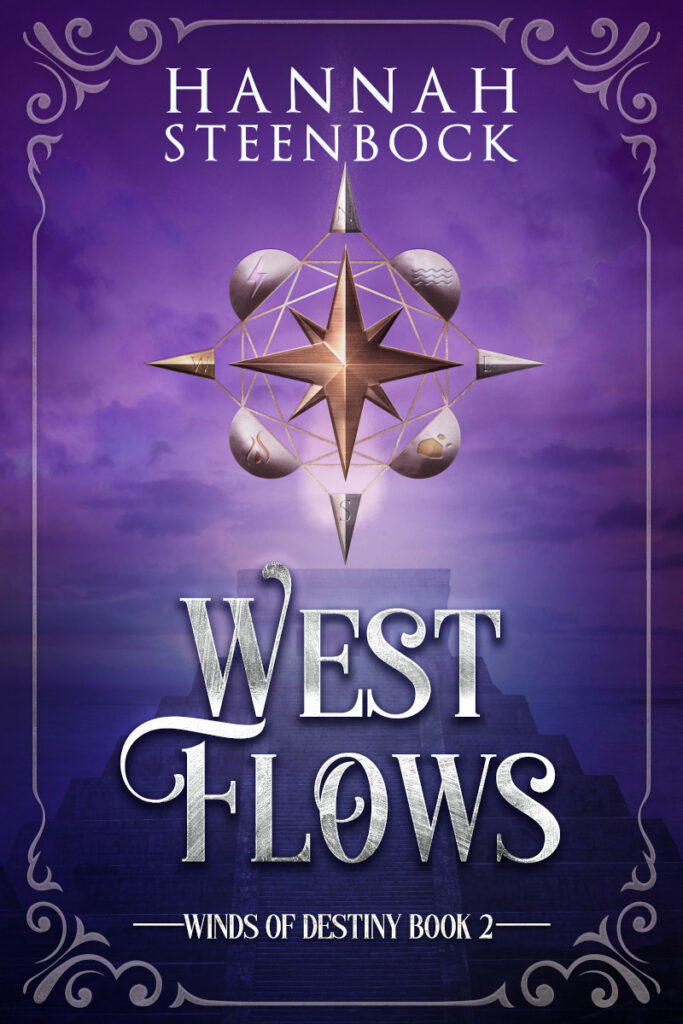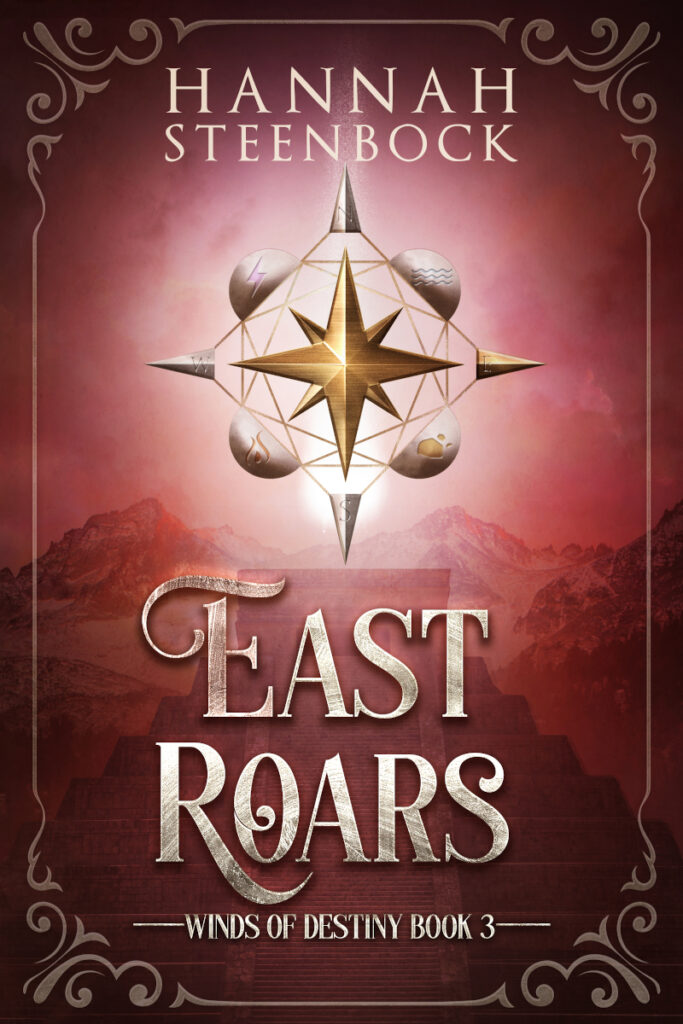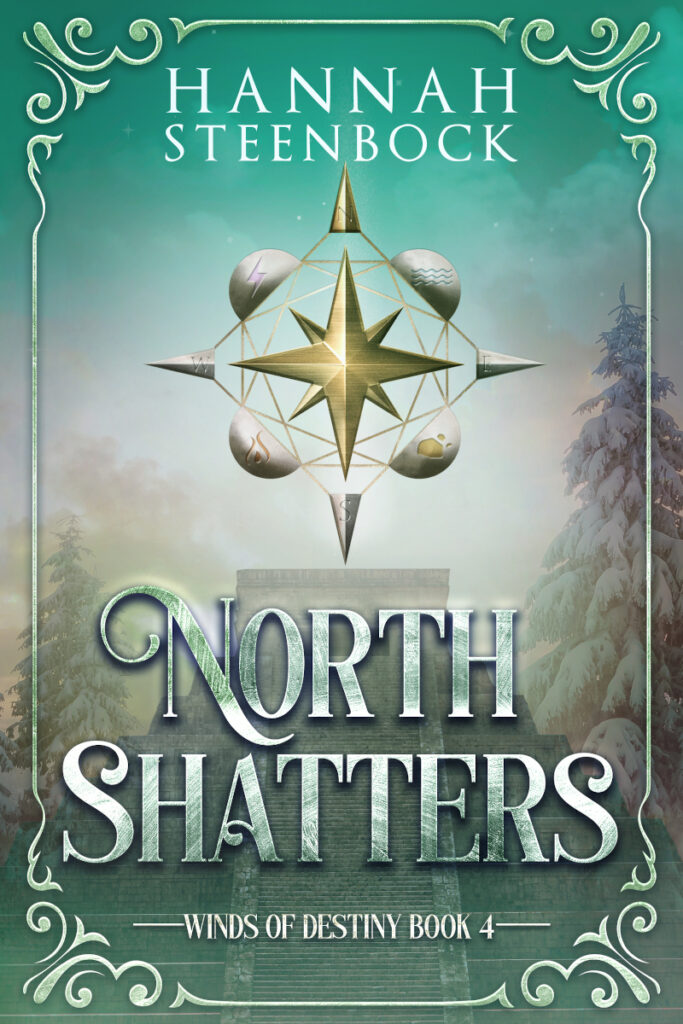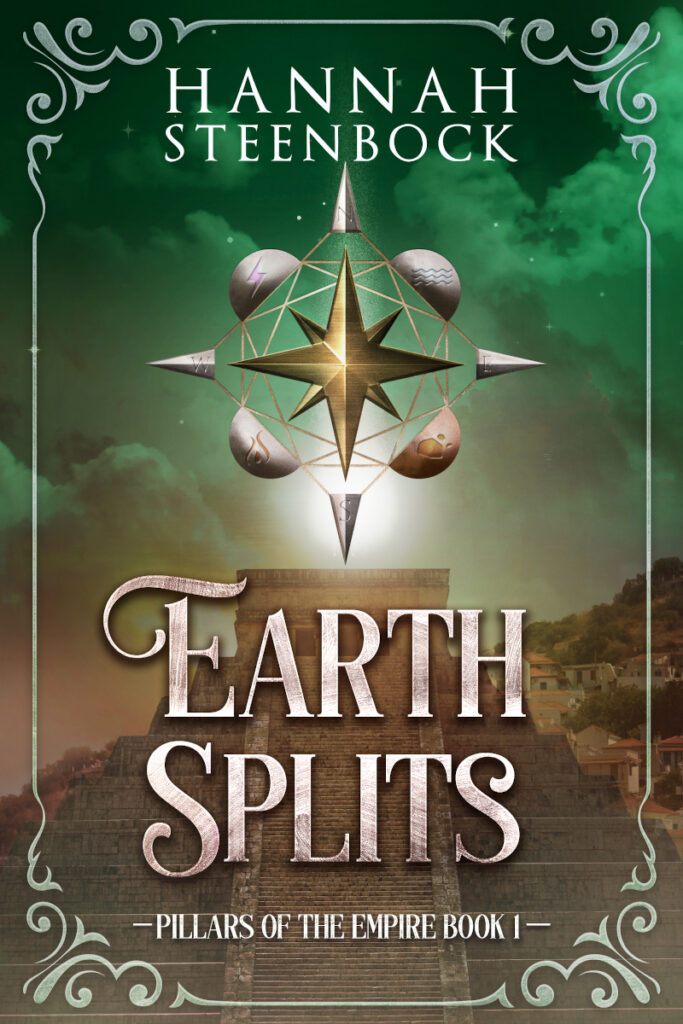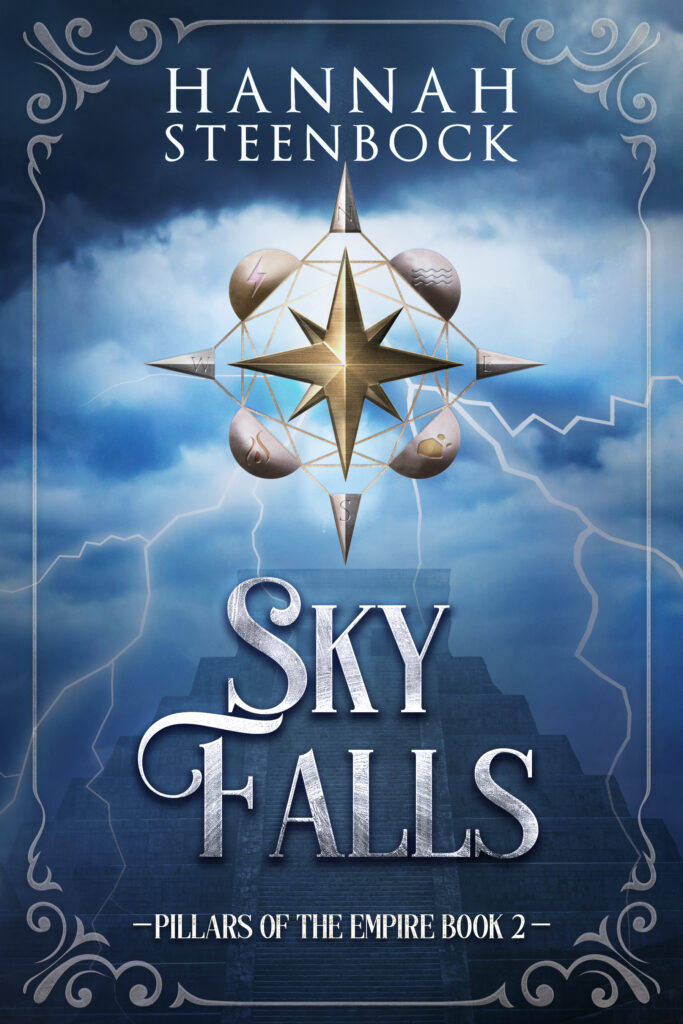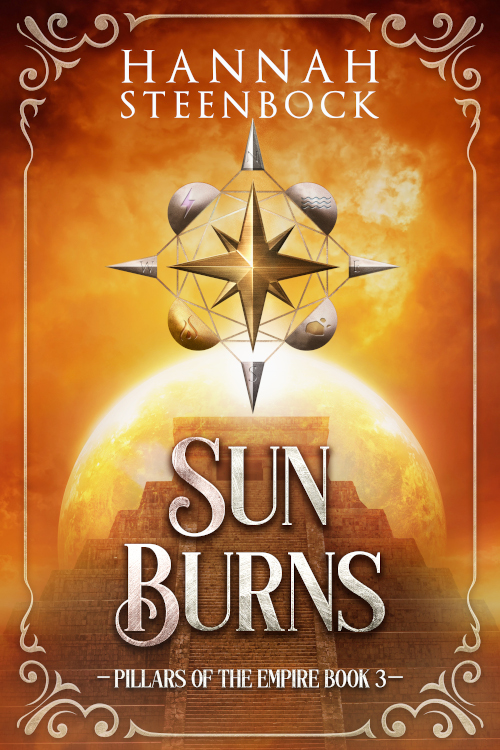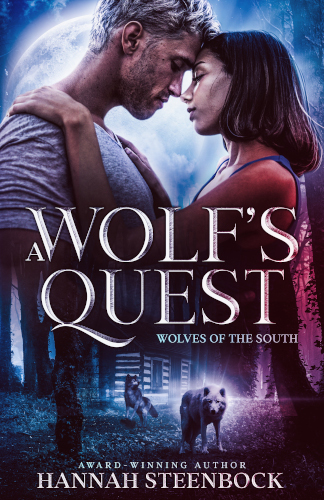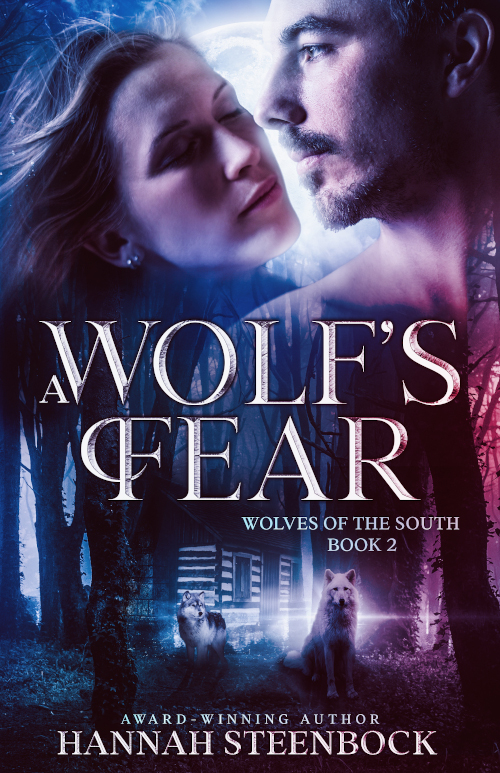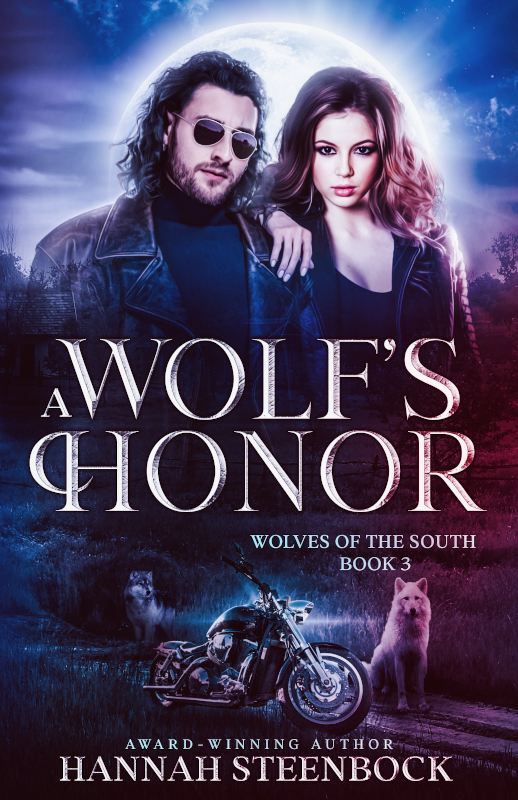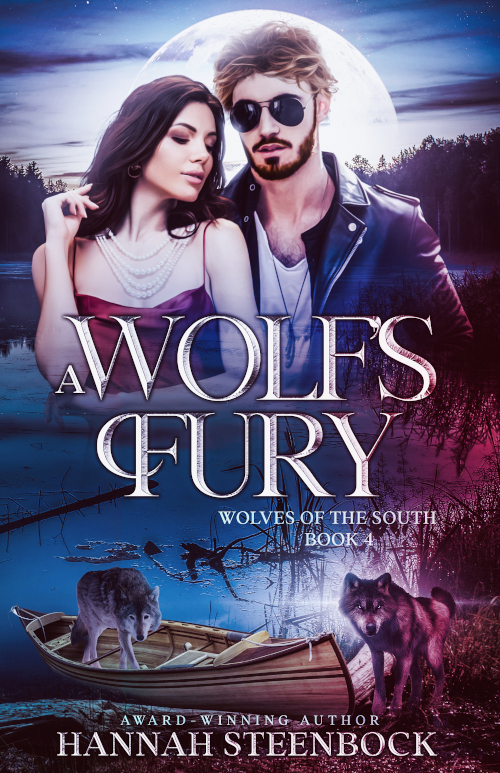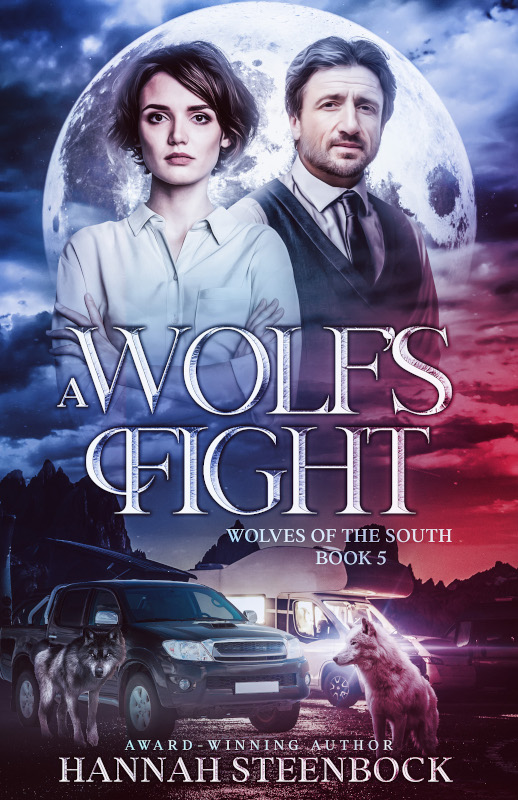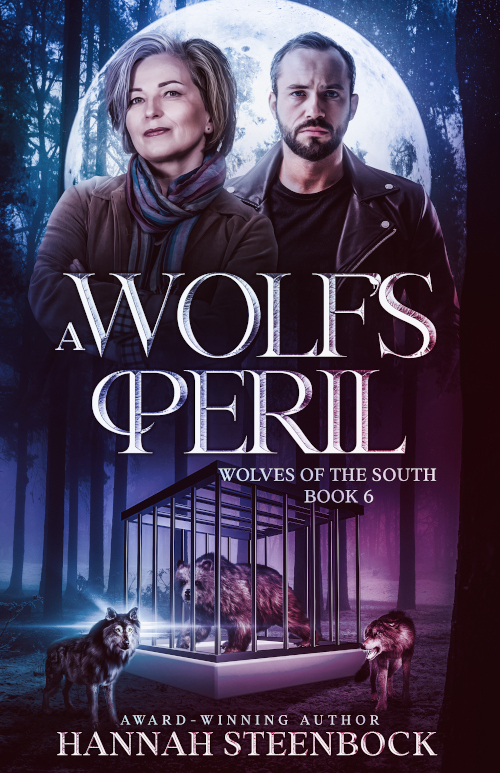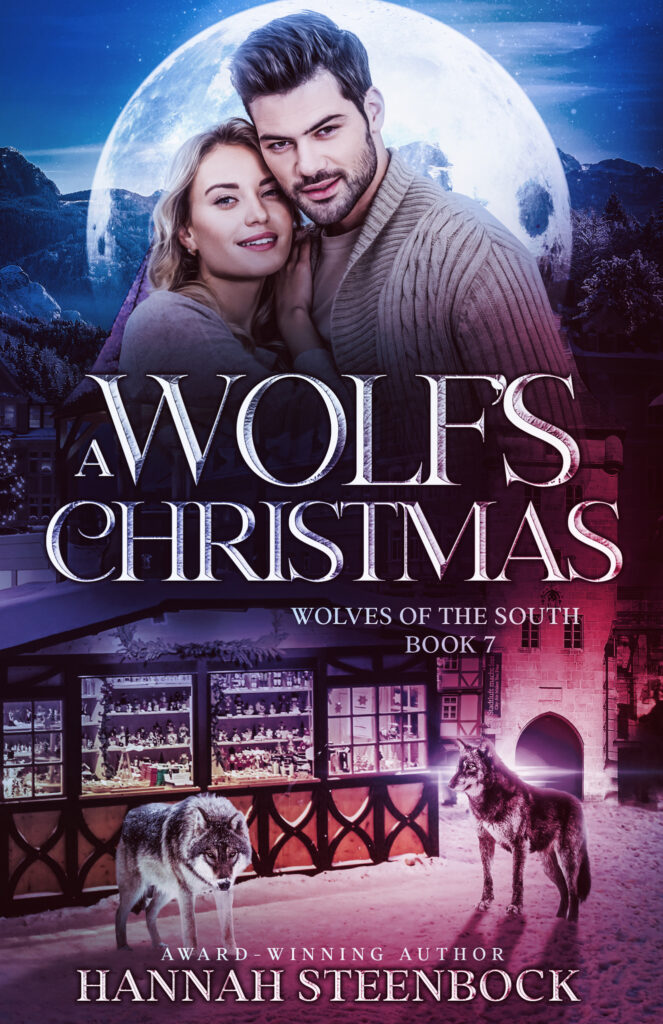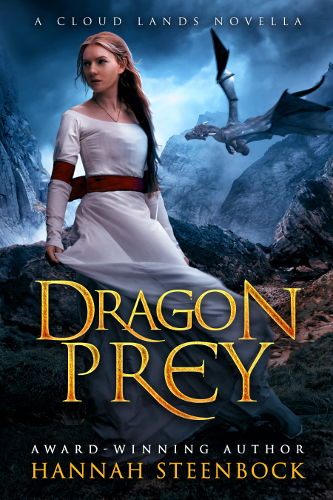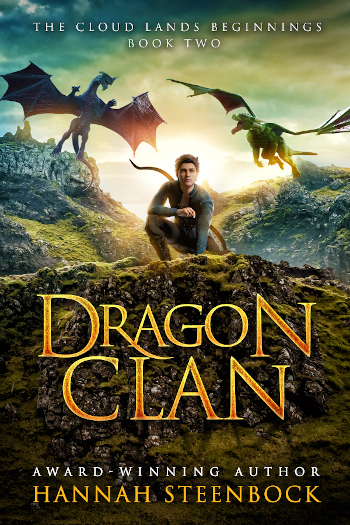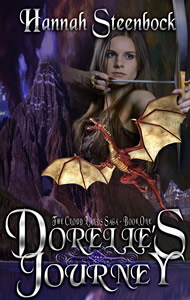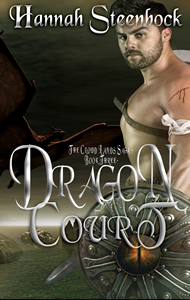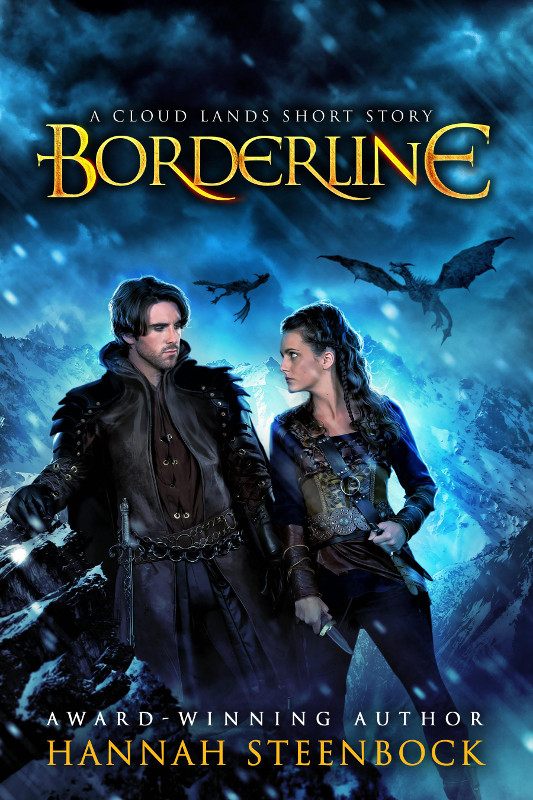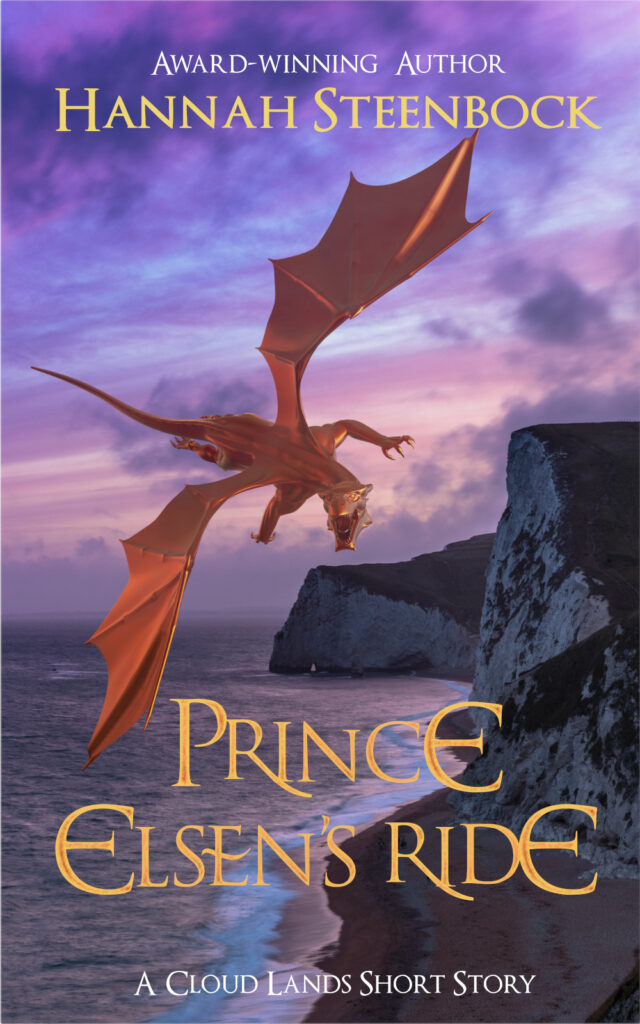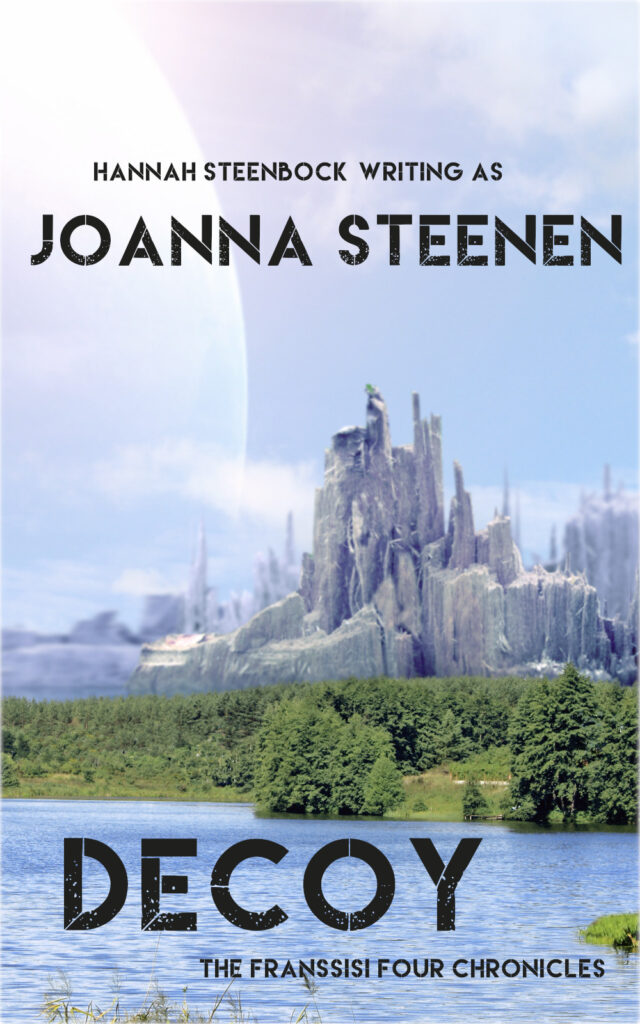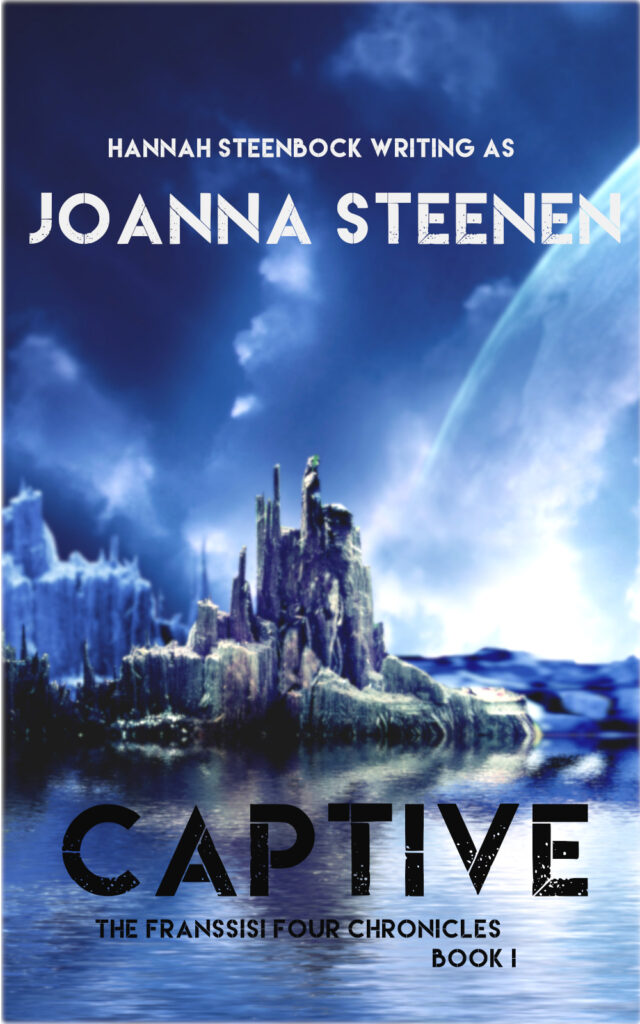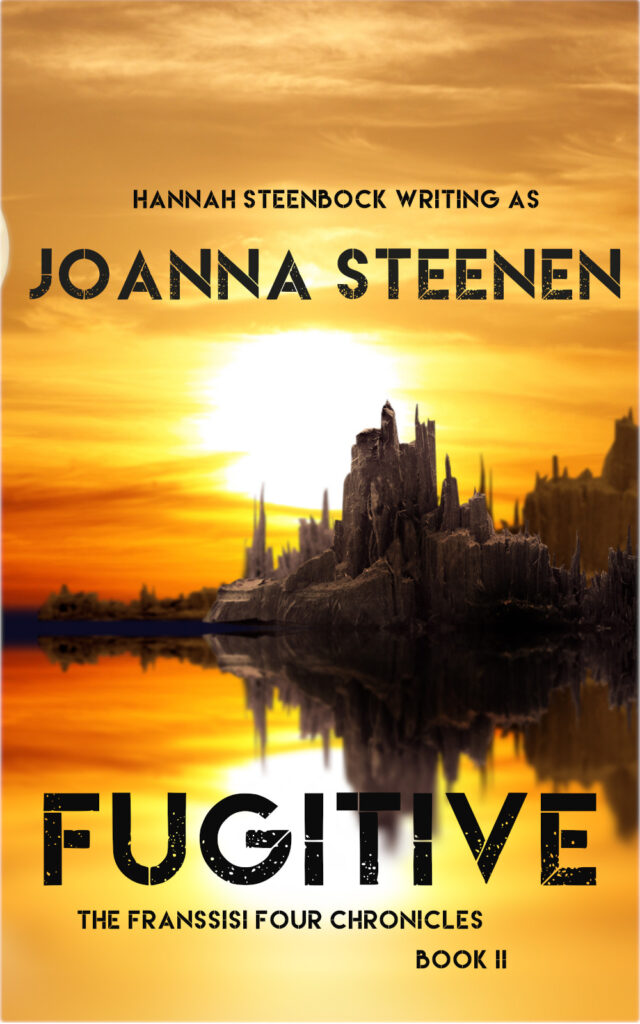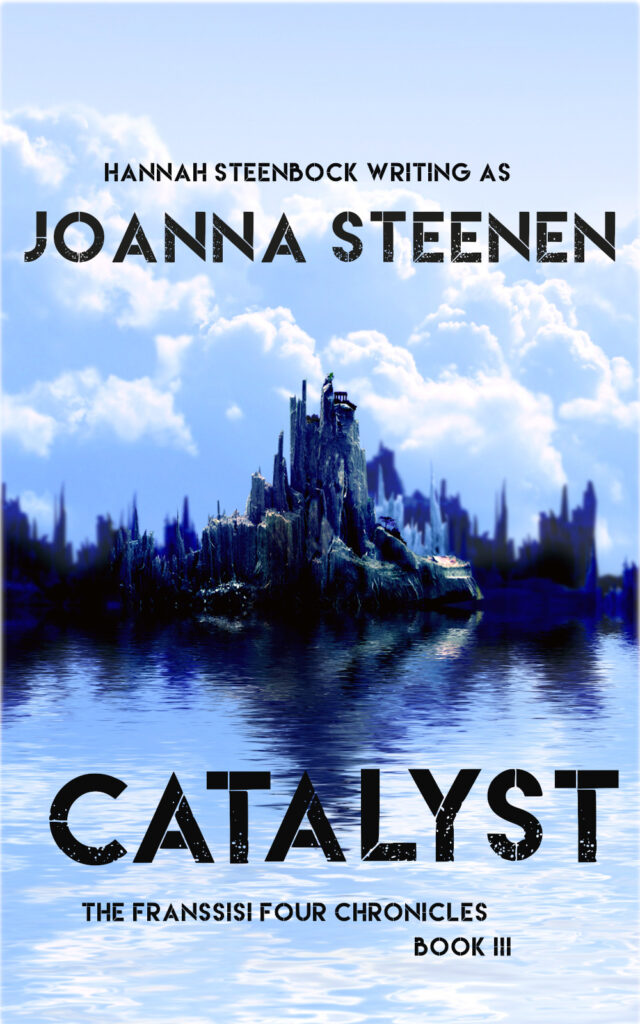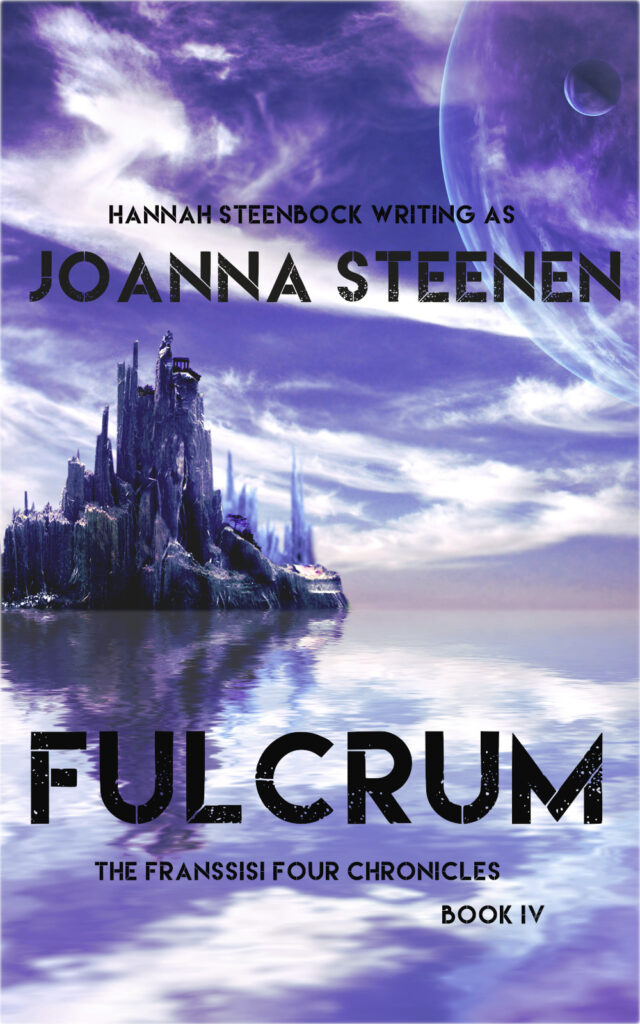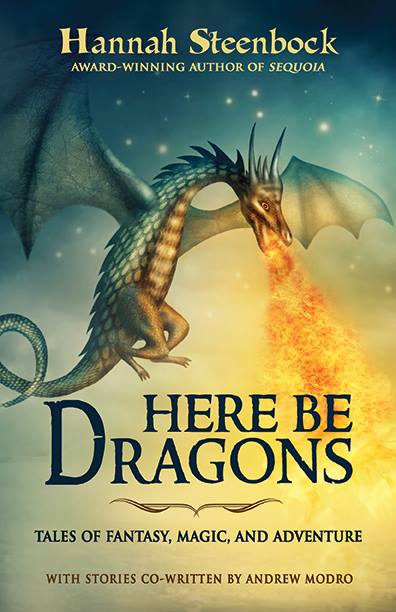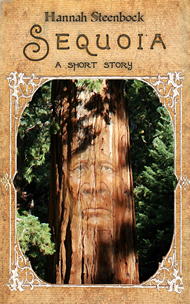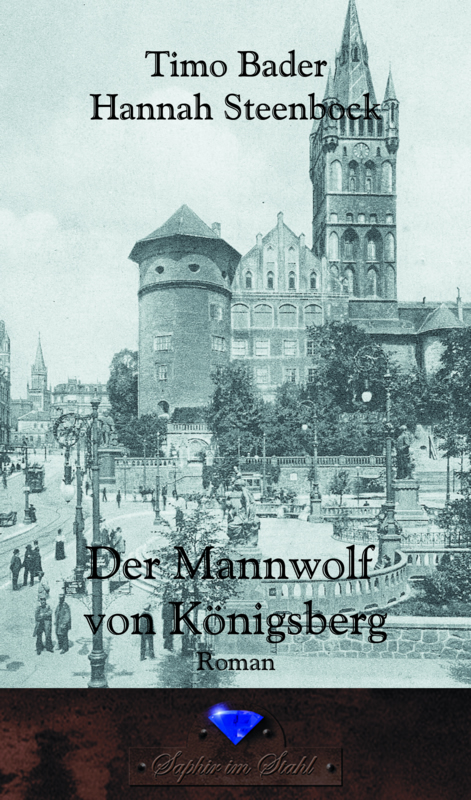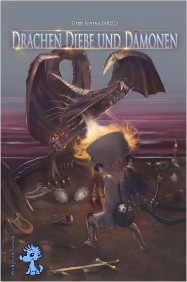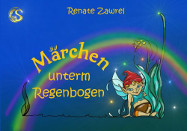Well, I took some more pics of Lennox, the gelding, and that gave me an idea for another blog post about horses.
Take a good look at the saddle and tack there:
This is the gear used in the English style. You can see a fairly small saddle that offers little comfort. You might even be able to see the puffed up frontal bits of the saddle. They serve to keep a rider in place while jumping.
Now, this is the kind of saddle you’ll see on many horses. Saddles for dressage are similar, except the side parts are less puffed up and extend a bit further down, as the riders stretch their legs a little more for the horse dances.
On the other hand, you will not see this kind of saddle on horses that are used for long distance riding, herding or other day-to-day work on horseback. These small English saddles are just not comfortable enough. In addition, the English style of riding requires two hands on the reins for delicate steering. Again, that’s different from what’s required of cowboy work.
In other words, if your Fantasy heroes are supposed to spend days in the saddle, you need to look for different gear. Western saddles are a good start, but they tend to be heavy – not good if your heroes are out for speed. The saddles of medieval knights were designed to keep them in the saddle, with extremely high cantles. Again, that might work if your hero is a knight in shining armour, but not for quick scouting or courier action.
Saddles for long-distance riders look like a mix – not quite Western, not quite English. They are a bit higher than an English saddle, and most of all, offer plenty of rings and support for baggage. And remember, a saddle not only has to be comfortable for the rider. It also has to fit the horse. That’s not always easy, but if your horse’s back gets rubbed raw by a saddle, your heroes will have to walk.
If you write and want horse-people to love you even more for your accuracy, spend a few minutes thinking about the kind of action you want from your heroes and choose the saddle accordingly.
The difference in riding style will also affect the head gear of a horse, known as bridle, and the part in the horse’s mouth, known as the bit. More about that in the next horse post.



